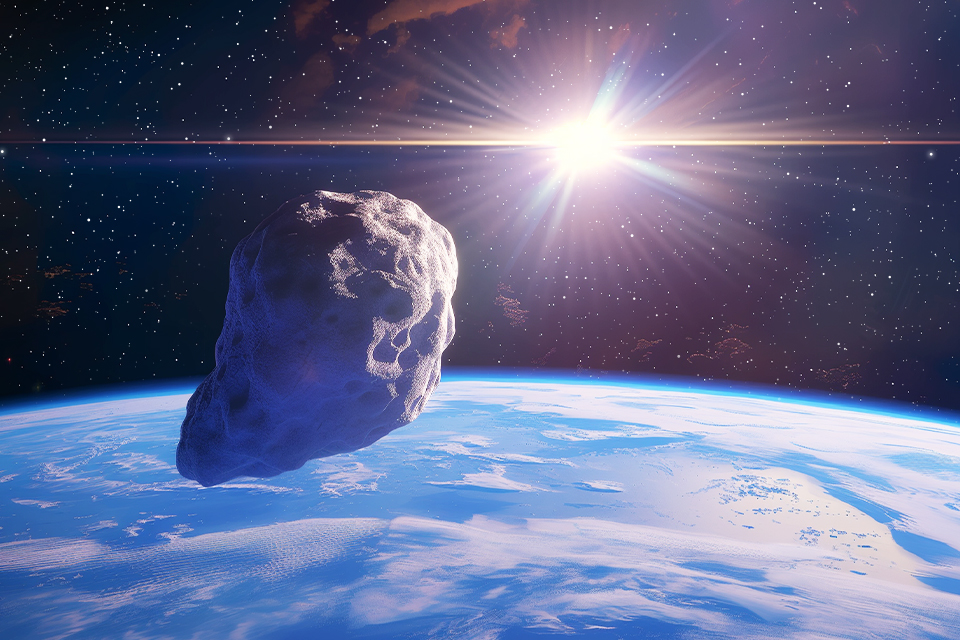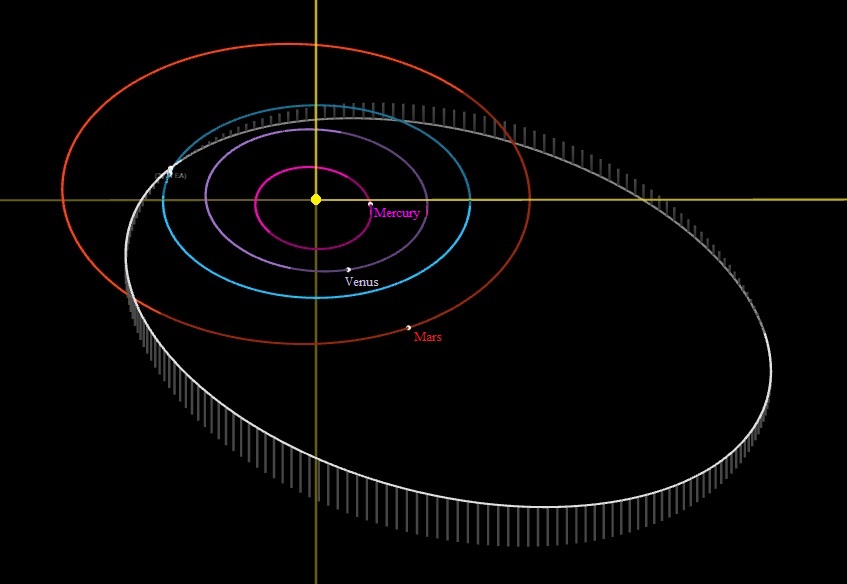Recently, many articles have appeared about the “newly discovered” asteroid 2024 EA. It was supposed to fly “dangerously close” to Earth on March 4. Is this really the case and what is really remarkable about this discovery?
When astronomers discover a new celestial body, it is initially assigned a temporary designation, where some of the circumstances of the discovery are “encoded”. In the case of asteroids, this is the year, followed by one of the 24 letters of the Latin alphabet (the letters I and O are not used because of their similarity to one and zero), indicating the ordinal number of the half-month interval. That is, from the 2024 EA index, we can understand that we saw this object for the first time in early March — it is difficult to imagine a “fresh” one!

Nowadays, no one will be surprised by such a discovery: many automated telescopes are now engaged in monitoring near space to identify “heavenly rocks” approaching the Earth. This is part of the program to protect our planet from the asteroid threat, launched at the end of the XX century. Within its framework, we have already discovered 99% of bodies larger than 300 m in the vicinity of the Earth’s orbit, potentially capable of threatening us with a collision. Now it’s the turn for the smaller “pebbles”. Most often, astronomers discover meteoroids of tens of meters in size a few days before the maximum approach, which, if they fall, will not threaten human civilization as a whole, but can, for example, destroy a small city.
There are almost no hundred-meter objects among them — almost all of them were discovered during the past years. But the size of 2024 EA, according to preliminary estimates, can reach 230 m. This body has become a kind of exception, reminding us that the “guardians of the planet” still have something to work on.

The current approach to the asteroid is actually not too close: on March 4, it came to us at a distance of 0.0354 AU (5.3 million km), which was almost 14 times farther than the Moon. The flight occurred at a relative speed of 12.62 km/s. Asteroid 2024 EA will reach its maximum brightness three days later, but even then it will be fainter than the 17th magnitude, which means that powerful telescopes will be required for its observations.
The perihelion of asteroid 2024 EA is located at a distance of 0.914 AU from the Sun, that is, it lies slightly inside the Earth’s orbit. Astronomers attribute such objects to the Apollo family, named after its first representative (1862 Apollo), discovered back in 1932. In terms of a potential collision with our planet, they are considered one of the most dangerous.
Earlier, we wrote about the first results of studies of samples of the asteroid Bennu.
Follow us on Twitter to get the most interesting space news in time
https://twitter.comne/ust_magazine


